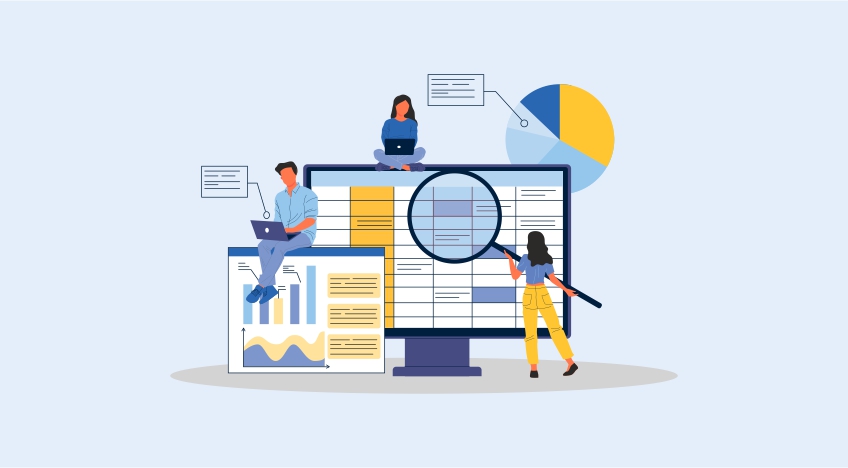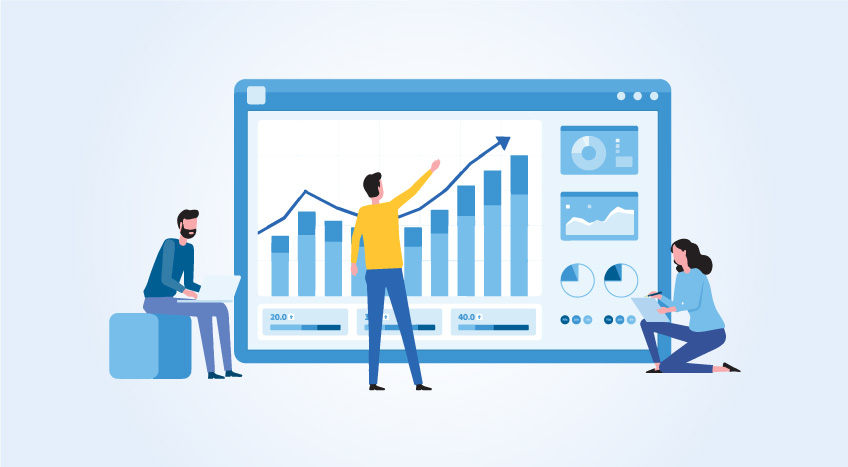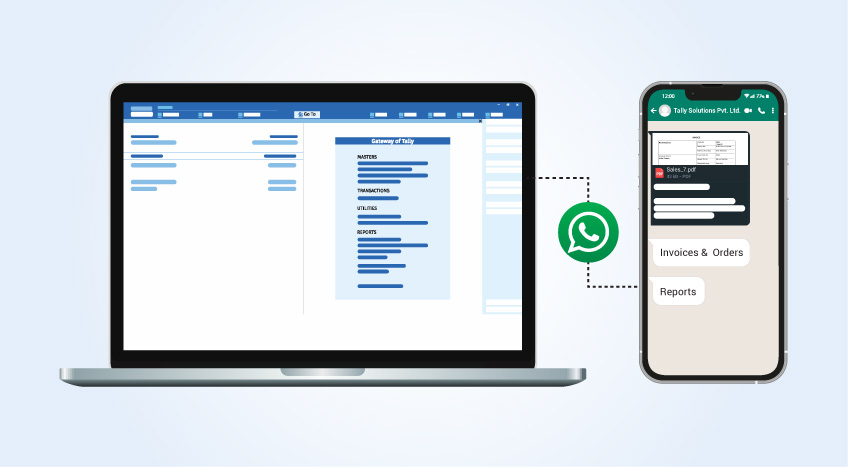SHARE
Tally Solutions | Updated on: January 13, 2023
- Why automate accounting?
- How automation is being used today
- The future of automation in accounting
- Conclusion: How to start automating
Accountants have a reputation for being people with their noses to the grindstone all the time for good reason. Many accounting tasks are repetitive and time-consuming to record. Automating these repetitive tasks would greatly free up the time and resources of accountants to focus on other aspects of their jobs. Many companies are shifting from manual accounting systems to accounting management software. While they may not fully automate all accounting tasks, they minimize time spent making multiple entries and number crunching. They also bring other advantages such as quick report generation and data analysis reports.
Why automate accounting?
Automation helps speed up processes by using technology to perform repetitive tasks and frees accountants from mundane tasks and helps create more value for the company. Instead of hiring multiple accounts personnel for daily tasks, the company can automate the simpler tasks and hire accountants for the more complex aspects of accounting. It also allows the company to use its human resources to focus on processes that will offer more value at a lower expense. It is a win-win situation for both accountants as well as their employers. Automation of accounting also offers other specific advantages that are listed below.
Structured, clean data
The data and reports that are generated by an automated accounting system are of a higher quality than human-keyed reports. Human error is inevitable in a manually prepared or typed report. Accounting software offers accurate and consistent outputs every time. Manual maintenance of accounts requires that entries for every transaction be posted in all the relevant ledgers. An automated system posts the entry intelligently without the errors that might creep in when a person writes up the ledgers. Manual systems would require a trained accountant who is also familiar with the company’s books to post the entries correctly. But an automated system lets the data flow to the right ledgers and reports without any repeated entry or intervention. The data is always consistent and well-structured. There are no variations in the system output based on the accountant who generated the report.
Data at the heart of client conversations
The highly competitive market requires that companies always be at the cutting edge of everything that they do. Decision-making that is data-driven is more likely to succeed. When you use a manual accounting system, the data that is presented in a report can be obsolete because of the time taken to compile it. Automated accounting allows for real-time monitoring of data and trends through instant reporting. Accurate data adds more value to decision-making. The live insights also allow management to quickly evaluate the results of their decisions.
Data security
Data is more vulnerable than ever in the digital world. Automation with the right tools secures all accounting data from fraudulent access. It is easier to keep such data secure than keeping a manual system out of the hands of miscreants. This also allows the company to offer better data security assurances to their clients.
Better workflows
Even if a client refuses to change their outdated manual systems, the service provider company can add the benefits of automation by processing their accounts data. A payroll processing company can still use the manual records of their client and then speedily process the payroll through their automated system. So despite the reluctance of some companies to automate, they derive the benefits of automation through their service providers. The final distribution of the payroll payments on the client-side may also be manual.
How automation is being used today
Different companies take advantage of automation in their own unique ways. Some of the ways in which accounts automation is used today are:
Automatic data creation
This is the most common use of accounting automation. Accounting software is used to generate invoices, bills, and vouchers that take data from the existing records. This data in the documents issued then flows to other areas of the accounting system or for audit purposes. The data in the system may also flow out through digitized forms such as e-Way bills, digital invoices, and digital filing of taxes and other documents.
Document fetching
Accounting also needs data to be entered into the system from documents sent by other companies or entities. For example, a supplier invoice may have the details of the items that have been delivered to the company. When the invoice is digitized, automation extracts the relevant data and records it in the system without intervention or manual keying in. This is possible when all the people involved use accounting automation or send documents in digital forms such as an email or a PDF.
Capturing data
A higher level of accounting automation would be the intelligent extraction of data from a manual document. This could be the printed receipts and invoices that are received by the company. This is essential because, despite high levels of automation, there are still many companies that rely on manual documentation. When an automated system is able to extract information from printed documents it further speeds up processes. For example, while manual processes would sometimes cause a purchase cycle to take weeks to process, automation can reduce it to days. This, in turn, speeds up all the other related processes of record-keeping, accounting, taxes, etc.
So, as described above, there are levels of automation that can be implemented in accounting. Rather than automation of segments of the process, automation works best when implemented end to end. This drives the entire system to greater speed, efficiency, and accuracy. We can take this one step further by integrating this automation with handheld devices. Rather than being tied to a desk, an employee can feed data for a requisition into the system from a smartphone and this could be approved by the manager quickly through another smart device. So, there is integration and speed in the whole system that includes all employees and functions across locations. The reconciliation of the data also gets automated in such a system.
When you compare automation to the manual way of doing things, you realize that with the advent of technology, manual work is needlessly time-consuming.
The future of automation in accounting
If you want to assess your company for accounting automation, you should look for these factors:
Time and resource-intensive processes: If there is a process in the company that takes a long time and uses relatively unskilled human resources, it could be easily automated. The time that employees spend on these tasks could be better utilized for other work. You would also attract more skilled human resources when the work involved is not so cumbersome and unattractive.
Huge amounts of data: If your company is processing mountains of files and papers, automation may be the answer. Manual data in large volumes takes time to move from one desk to another. It becomes even more difficult to track and trace. Audit trails are a nightmare when you need to track down an elusive piece of paper.
Unsecured data: Many companies have valuable data lying around as papers and isolated software that is vulnerable to loss or unauthorized access. Such data would be better stored in a safe and secure automated system. Data that is not secure is vulnerable to fraud and malpractice. If you have client data lying around unsecured, you may also be liable in case of a data breach.
Conclusion: How to start automating
There are many software solutions that are available on the market for accounting. Buying software for one aspect of your accounting and then adding another may create more problems than it may solve. This is because, in every business, cash flows across departments and processes. Accounting manages and records these cash flows from end to end. When the accounting software is isolated, data has to be transferred or re-entered from one software to the other. This creates unnecessary manual steps in the process and negates some of the benefits that could have been derived from automation. Accounting automation works best when you choose an accounting system such as TallyPrime that automates all the interlinked processes of financial accounting such as inventory, payroll, and accounting.
Not all business management software is created equal. What may be designed for one company may not suit the processes of another. TallyPrime offers very flexible setups that give you control over how it works. So, you can customize the software to match your way of working instead of the other way around.
Financial reports and filing reports that will be submitted to authorities must comply with the local government rules and regulations. TallyPrime business management software generates reports that are fully in line with the formats and specifications of authorities. So, you do not have to manually key in reports and can directly generate them from the software.
Ultimately, the right choice of business management software for accounting automation can speed up the productivity and efficiency of your business operations.
Read More:
Latest Blogs
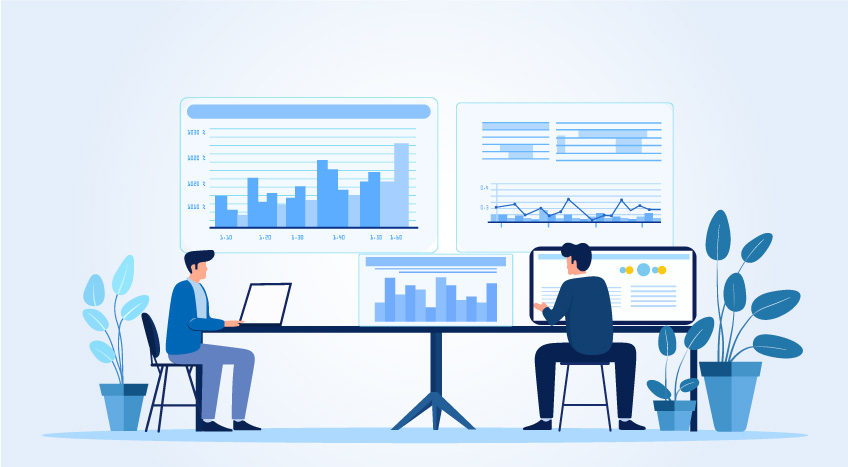
5 Must Have Reports Insights in Your Dashboard
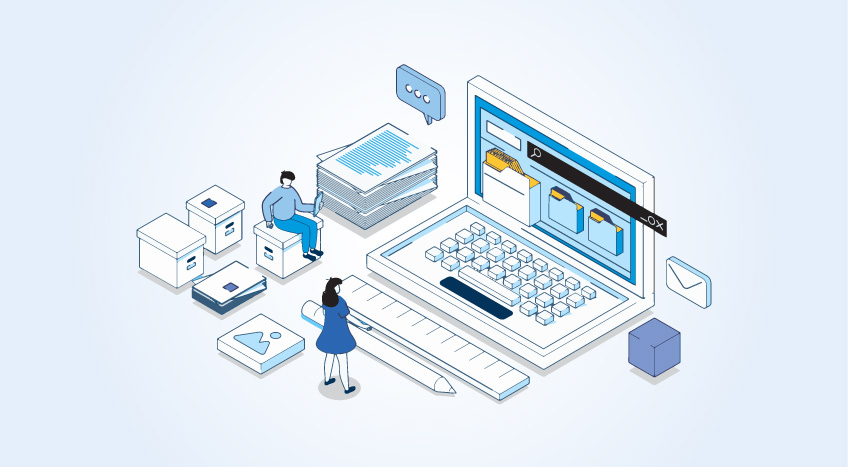
Import Data from Excel to TallyPrime
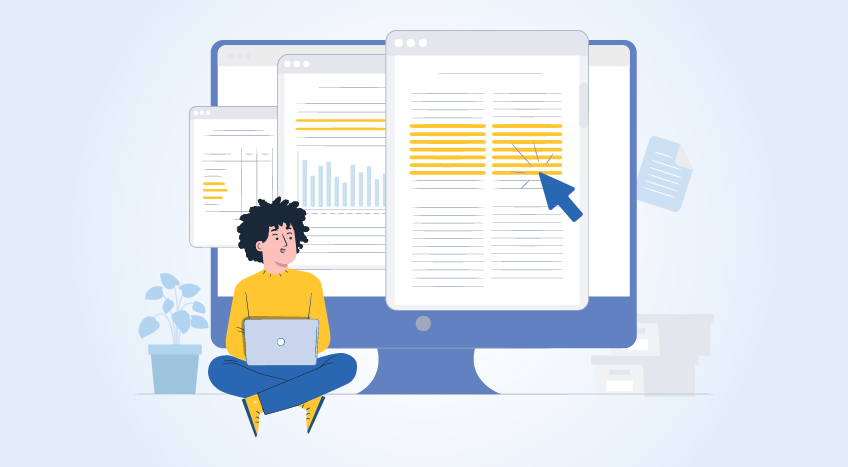
All-New Simplified & Powerful Report Filters in TallyPrime
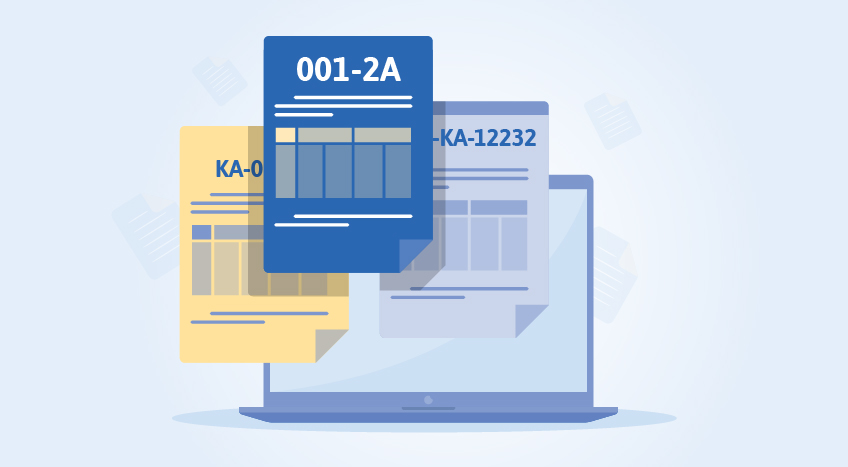
TallyPrime’s Flexible Voucher Numbering Capabilities for Accurate Recordkeeping



